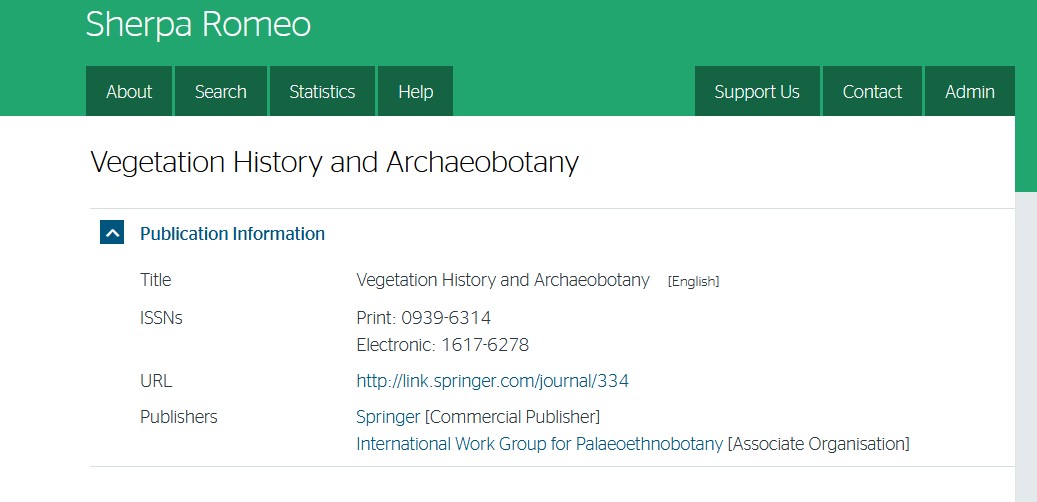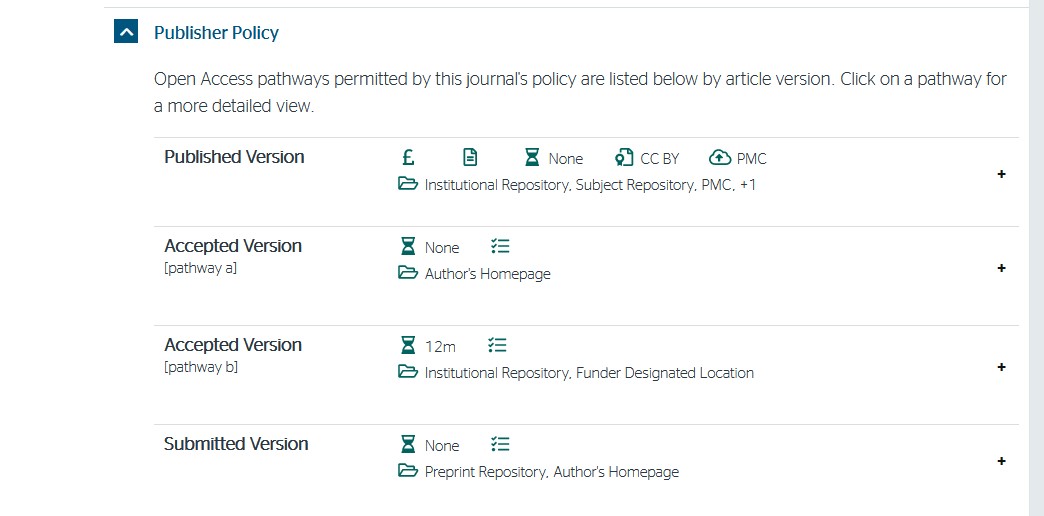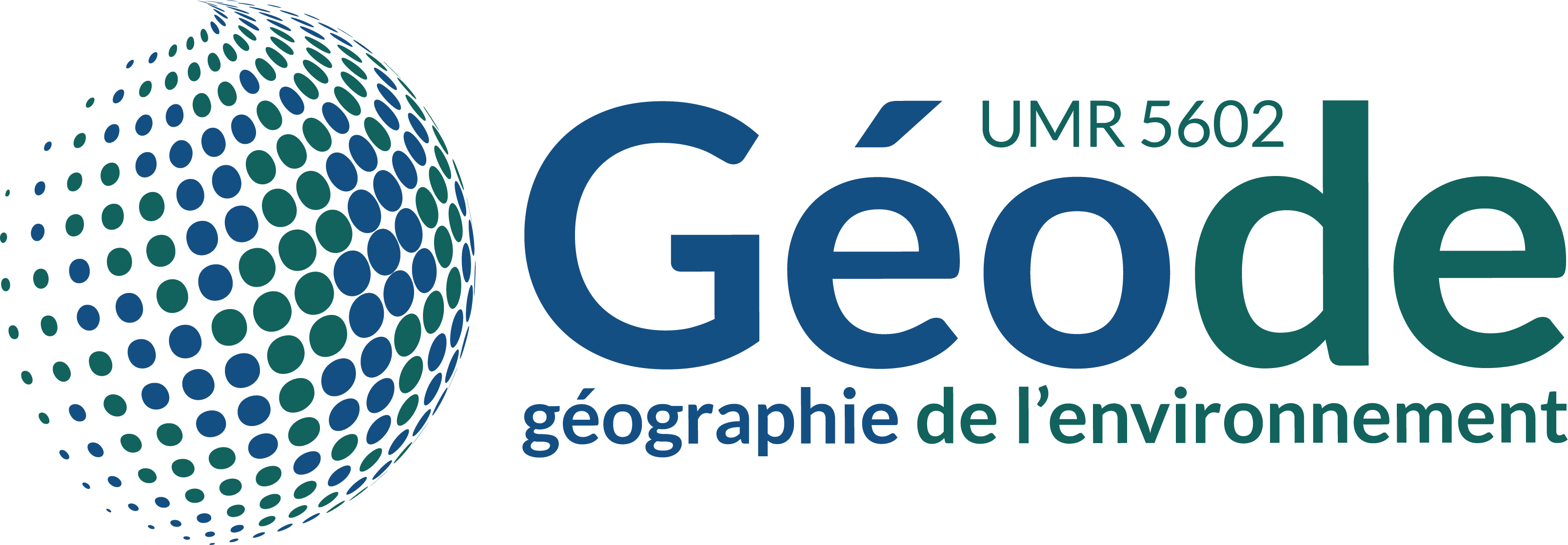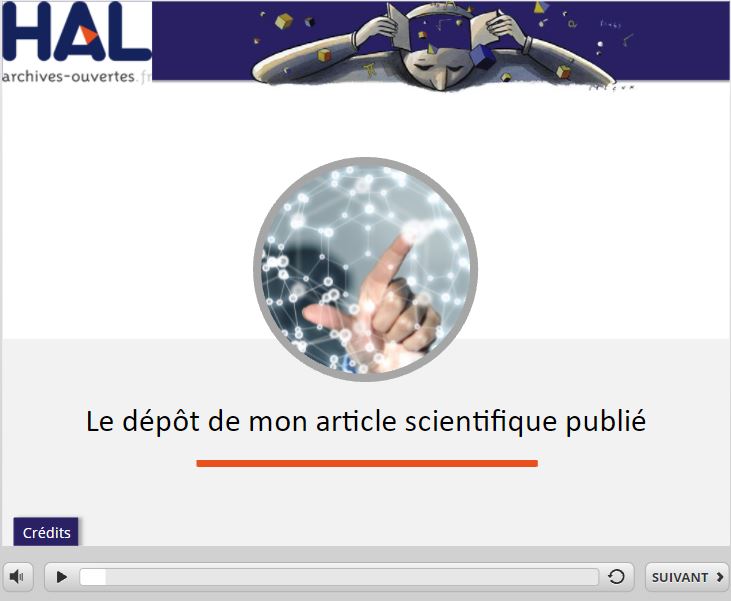-
Partager cette page
HAL How does it work?
SOME KEY FACTS ABOUT
DEPOSITTING DOCUMENTS IN HAL: practices, ethics...
REMINDER: what is HAL? = (Hyper Article onLine)
The HAL open archive is a public, interdisciplinary, national platform for the deposit and consultation of publications by researchers, teacher-researchers and doctoral students.
It is based on the principle of self-archiving, and allows documents to be distributed in full text. This platform was created in 2001 by the CNRS and is administered by the Centre pour la Communication Scientifique Directe (CCSD).
HAL is the largest open archive portal in France.
WHAT TO DEPOSIT IN HAL?
- Magazine articles
- Conference papers
- Poster
- Book, project management
- Book chapter
- Other publication: book review, dictionary or encyclopedia entry, blog post
- Pre-publication, working document
- Scientific report
- Thesis and HDR: via the TEL platform
- Image
- Map
- Vidéo, sound
- Software
TEXT SUBMISSION PROCESS IN HAL
The deposit includes :
- The title of the document, the name of the author(s) affiliated with their structure, the type of document, the publication date, the pagination...
- The file must contain the full text, including for the deposit of a book: no abstracts only (exception for papers with proceedings when the published proceedings consist only of abstracts), nor table of contents only.
Check that the publisher allows PDFs to be uploaded
Once all input masks have been filled in (i.e. once input has been completed and submitted to the platform), the document submission is put on “verification hold” before being put online.
«moderation»
Moderation is committed to ensuring that submissions meet these conditions.
HAL guarantees readers free access to published and unpublished research-level scientific documents.
The verification stage identifies texts that do not correspond to the standards of the various disciplinary communities.
The moderator has the privilege of “technical validation” in HAL. This privilege is granted by the CCSD. The moderator undertakes to respect the rules defined by the CCSD. These rules apply to all repositories with files visible in HAL.
When the moderator considers that the submission meets the criteria, it is put online.
The submitter is automatically notified by e-mail. If the submission requires modification, the moderator sends the submitter a message requesting modification.
Verification of a minimum scientific level: this involves identifying texts that do not correspond to the standard criteria for a scientific publication: in particular, avoid “fanciful” texts.
OBLIGATIONS OF THE DEPOSITOR
Self-archiving must comply with intellectual property rules.
The depositor accepts HAL's conditions:
- He/she authorizes HAL to put on line and to distribute the deposited document,
- He/she acknowledges that he/she is aware that deposits cannot be deleted once accepted,
- He/she understands that HAL reserves the right to reclassify or reject any deposit.
How do I know if I can deposit or not? Where to find out: Sherpa/Romeo, Héloïse, Dulcinea, publishers' websites
For magazines, several sites list publishers' policies:
Sherpa/Romeo : http://www.sherpa.ac.uk/romeo/. This site lists a good number of magazines, is precise and gives a reliable answer.
Case study: example for the “Vegetation History and Archaeobotany” magazine
Enter the name of the magazine in Sherpa/Romeo 
Then go to publisher policy 
For this review, you can read that the file on an institutional site is subject to a 12-month embargo.
Other websites :
- Dulcinea for Spanish publishers : http://www.accesoabierto.net/dulcinea/default.php
- Diadorim for Brazilian magazines : http://diadorim.ibict.br/
BUT SINCE THE LAW FOR A DIGITAL REPUBLIC.... WHAT HAS CHANGED?
This period is a maximum of six months for a publication in the fields of science, technology and medicine, and twelve months for a publication in the humanities and social sciences.
What does it entitle you to do? Whatever your contract with the journal's publisher, you can deposit the accepted version of your manuscript in HAL as soon as it is published :
- without embargo if your article is freely available on the magazine's website,
- or by applying an embargo of 6 months maximum for science, technology and medicine and 12 months maximum for the humanities.
This article is included in the French Research Code, Article L533-4
WHY DEPOSIT IN HAL?
All HAL deposits are permanent: files and formats are permanent. All files deposited in HAL are stored on the servers of CINES (Centre Informatique National de l'Enseignement Supérieur), which guarantees long-term access to the files. The website of a laboratory or the personal page of a researcher does not offer the same guarantee.
Hal permet :
- Time-stamp deposits and thus validate scientific anteriority : each document is assigned a unique number with a certified date (document authorship). This is a valid argument in the event of plagiarism
- Extract your publications via ExtrHAL (a tool designed by Rennes 1 University; it enables you to export lists of publications according to the various criteria you choose). This tool can be downloaded with its user guide.
- Enter your personal page via SpirHAL, for example. It can also be used to generate activity reports, if you wish.
- Provide consultation statistics for your publications.
- Free access to knowledge
- Better dissemination of scientific work, and therefore greater visibility for the scientific community as a whole. Everyone is free to download high-quality PDFs from the platform.
This argument is all the more interesting for the exchange between researchers on an international level, and thus to work towards open access by enabling colleagues in developing countries to access this literature freely and without charge. In this way, they benefit from recent interdisciplinary scientific work from a very broad international community.
With HAL, you can - and “must” - create your own IdHAL, which, thanks to its unique identifier, enables you to group together all the publications deposited in HAL by the same author. This avoids the different forms of “author”, so that whatever the different forms under which the name has been entered, the deposits will be grouped together.This IdHAL is particularly interesting in the case of compound names (maiden name and married name).
This IdHAL allows you to generate your own CV, and each time a publication is deposited in HAL, the CV will be updated automatically.
HAL & CRAC
Obligation to deposit publications in HAL for the CRAC file
When the researcher logs on to CRAC, this application queries HAL and allows publications to be retrieved if they have already been entered in HAL.
ORCID & CRAC
The exchange of metadata between the ORCID profile and CRAC is not yet operational.
HAL et ORCID
Nouveauté : you can complete your ORCID file with HAL deposits. This can be done either from the ORCID account or from the HAL account.
Visibility of HAL repositories: harvesting, reporting.
Repositories in HAL are harvested by various search engines such as Google Scholar, ScanR, BASE, Isidore... and open archives such as PubMed, OpenAIRE...
HAL, on the other hand, does not harvest.
HAL increases citation rates: according to the latest studies, an open-access article is cited 5 times more often than an article in a paper journal.
HAL's metadata can be consulted in full or in part by harvesting, in compliance with the French Intellectual Property Code.
When you use articles from HAL, you must cite them (e.g.: hal.archives-ouvertes.fr/hal-00000001).
BUT SOME DOCUMENTS CANNOT BE DEPOSITED IN HAL
- Student dissertations (Master I, Master II)
- The internship reports
- A bibliography alone
- An article published in the daily press or magazine
Sources :
• https://hal.archives-ouvertes.fr/
• https://hal-univ-tlse2.archives-ouvertes.fr/
• http://www.bnf.fr/fr/professionnels/protocoles_echange_donnees/a.proto_oai.html
• http://www.openarchives.org/
• la FAQ loi pour une République numérique sur le site Open Access France http://openaccess.couperin.org/category/faq/
• le Guide d'application de la loi pour une République numérique (article 30) - écrits scientifiques - version courte sur le site du MESRI : https://www.ouvrirlascience.fr/guide-application-loi-republique-numerique-article-30-ecrits-scientifiques-version-courte/
